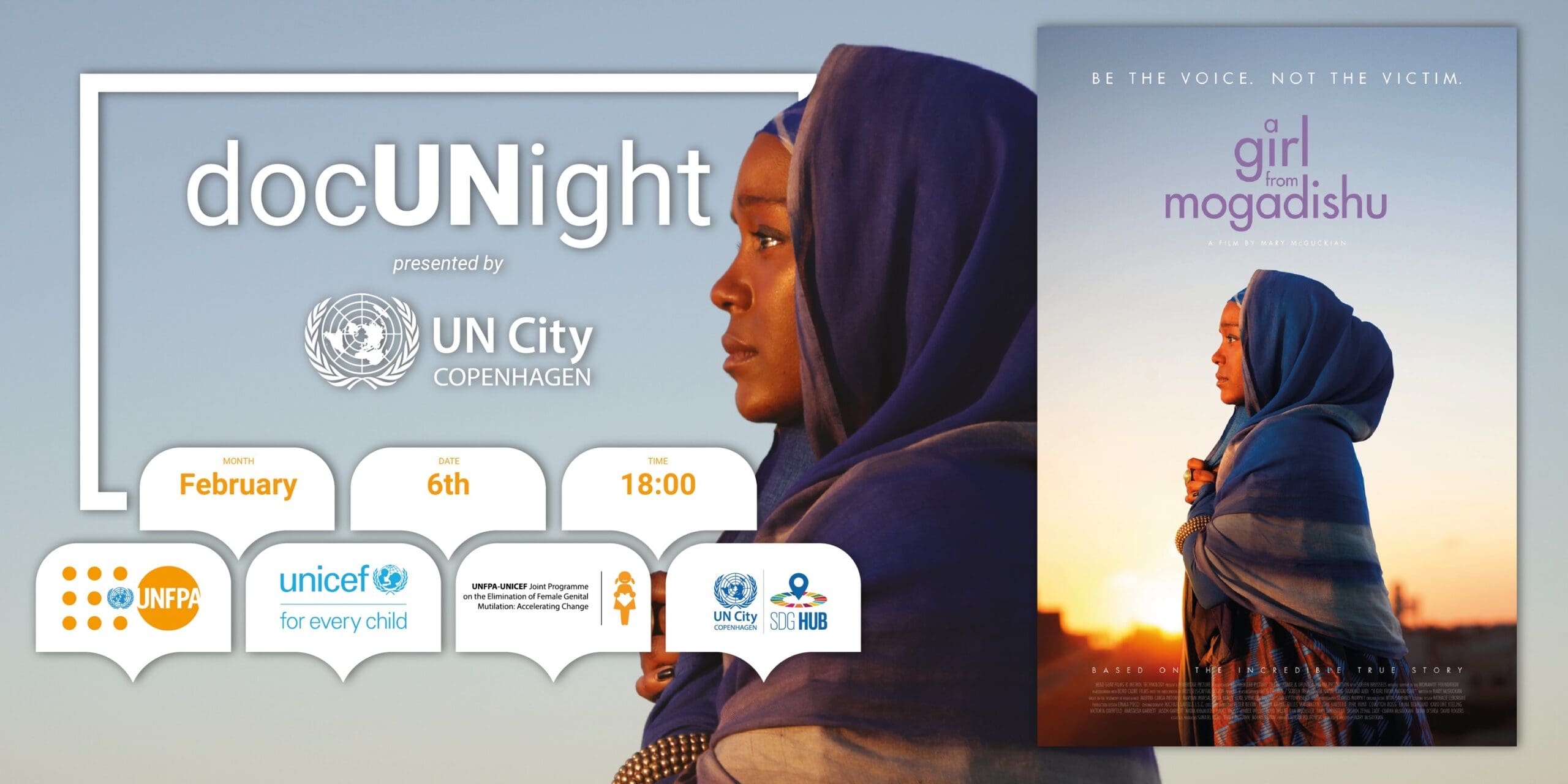
WEIGHT: 67 kg
Bust: 36
One HOUR:50$
Overnight: +60$
Sex services: Smoking (Fetish), Watersports (Giving), Photo / Video rec, Ass licking, Spanking
Somalia is facing one of the world's most prolonged and complex displacement crises. Ongoing conflict and climate induced shocks have displaced 3. Many rural residents have sought safety and support in cities and larger towns, a trend which has been intensified by the provision of humanitarian support, such that 85 percent of the country's IDP sites are now in urban areas.
Somalia has become one of the most rapidly urbanizing countries in the world, with at least half of its population living in cities. Given these demographics, the correlation between urban resilience and solutions for displaced populations is significant. Alongside IDPs, a large number of urban poor find it difficult to secure affordable housing. This situation is exacerbated by a lack of comprehensive legal frameworks and institutions, as well as widespread land grabbing, which have contributed to an informal housing sector plagued by disputes.

Housing plays a vital role in providing stability and security for vulnerable populations such as IDPs and the urban poor, yet these populations are most likely to be affected by challenging cycles of displacement and forced evictions. Having to be constantly on the move depletes their resources and inhibits their abilities to establish stable livelihoods and build resilience.
While land governance had been a topic of interest for humanitarian and development actors in Somalia over the past decade, there has been limited knowledge on housing and rental conditions in urban centres. Understanding how the housing market operates and the roles and incentives of private and public stakeholders is critical in providing long term solutions to displacement. Mogadishu is now home to over 1.

In parallel, propelled by the return of members of the Somali diaspora and substantial remittances, the city has been witnessing a real estate boom, driving land prices to soaring heights. The resulting demand for land and socioeconomic dynamics, taking place in a largely informal legal context, have created significant housing insecurity, particularly for IDPs and individuals from minority clans who lack adequate protection.



































